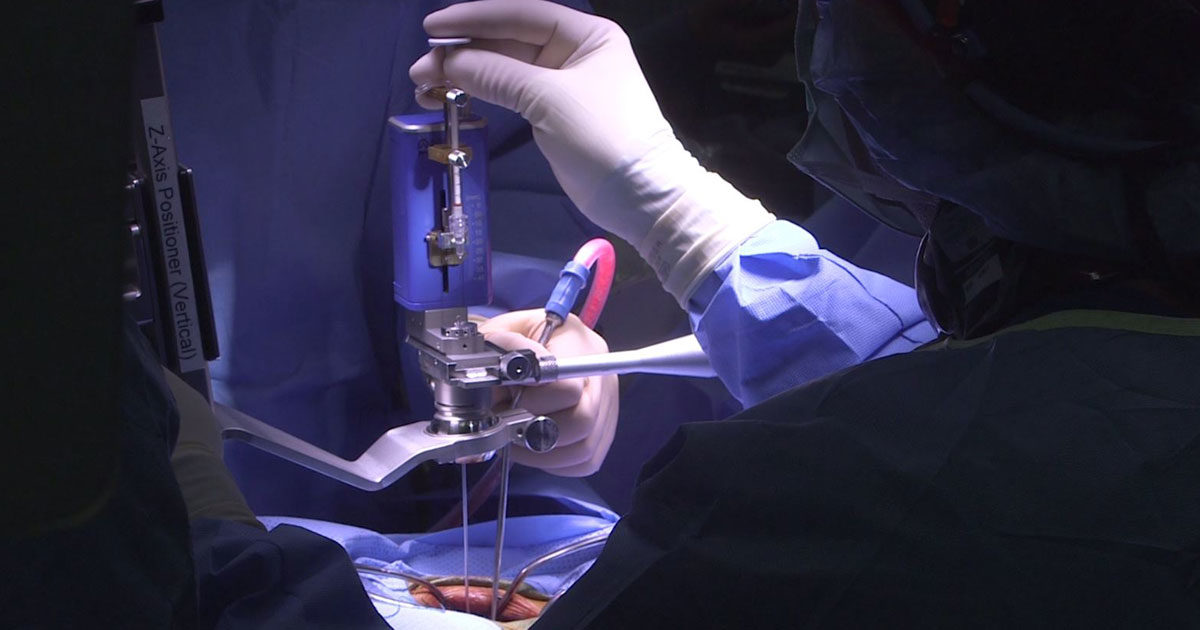Early data demonstrate motor function improvement for spinal cord stem cell treatment

A new therapy to treat spinal cord injuries in people who have lost all motor and sensory function below the injury site has shown additional motor function improvement at six-months and nine-months following treatment with 10 million AST-OPC1. The positive efficacy results from an ongoing clinical research study were revealed in a conference held by Asterias Biotherapeutics, the biotechnology company manufacturing AST-OPC1.
AST-OPC1 cells are made from embryonic stem cells by carefully converting them into oligodendrocyte progenitor cells, which are cells found in the brain and spinal cord that support the healthy functioning of nerve cells and can potentially make poorly functioning nerves function better.
“With these patients, we are seeing what we believe are meaningful improvements in their ability to use their arms, hands and fingers at six months and nine months following AST-OPC1 administration,” says Richard G Fessler, professor in the department of neurosurgery at Rush University Medical Center and lead investigator in the SCiStar Phase 1/2a study. Rush is one of six centres in the country currently studying this new approach.
A total of six patients were enrolled and treated with 10 million AST-OPC1 cells, with five of six patients having now completed a six-month follow-up, and three of six patients having completed a nine-month follow-up.
“Recovery of upper extremity motor function is critically important to patients with complete cervical spinal cord injuries, since this can dramatically improve quality of life and their ability to live independently,” says Fessler.
In September 2016, Fessler reported positive early efficacy data for AST-OPC1 from the patients who have lost all motor and sensory function below injury site that had been treated with 10 million AST-OPC1 cells in the study. The interim research results were announced at the 55th annual Scientific Meeting of the International Spinal Cord Society (ISCOS; 4-16 September 2016, Vienna, Austria).
“We look forward to initiating discussions with the FDA in mid-2017 to begin to determine the most appropriate clinical and regulatory path forward for this innovative therapy,” says Steve Cartt, chief executive officer of Asterias.
OrthoSpineNews
OrthoSpineNews.com is the preferred aggregator of all news in the orthopedic and spine industry. You can subscribe for our daily email, follow us on twitter or download our app for iPhone and Android.